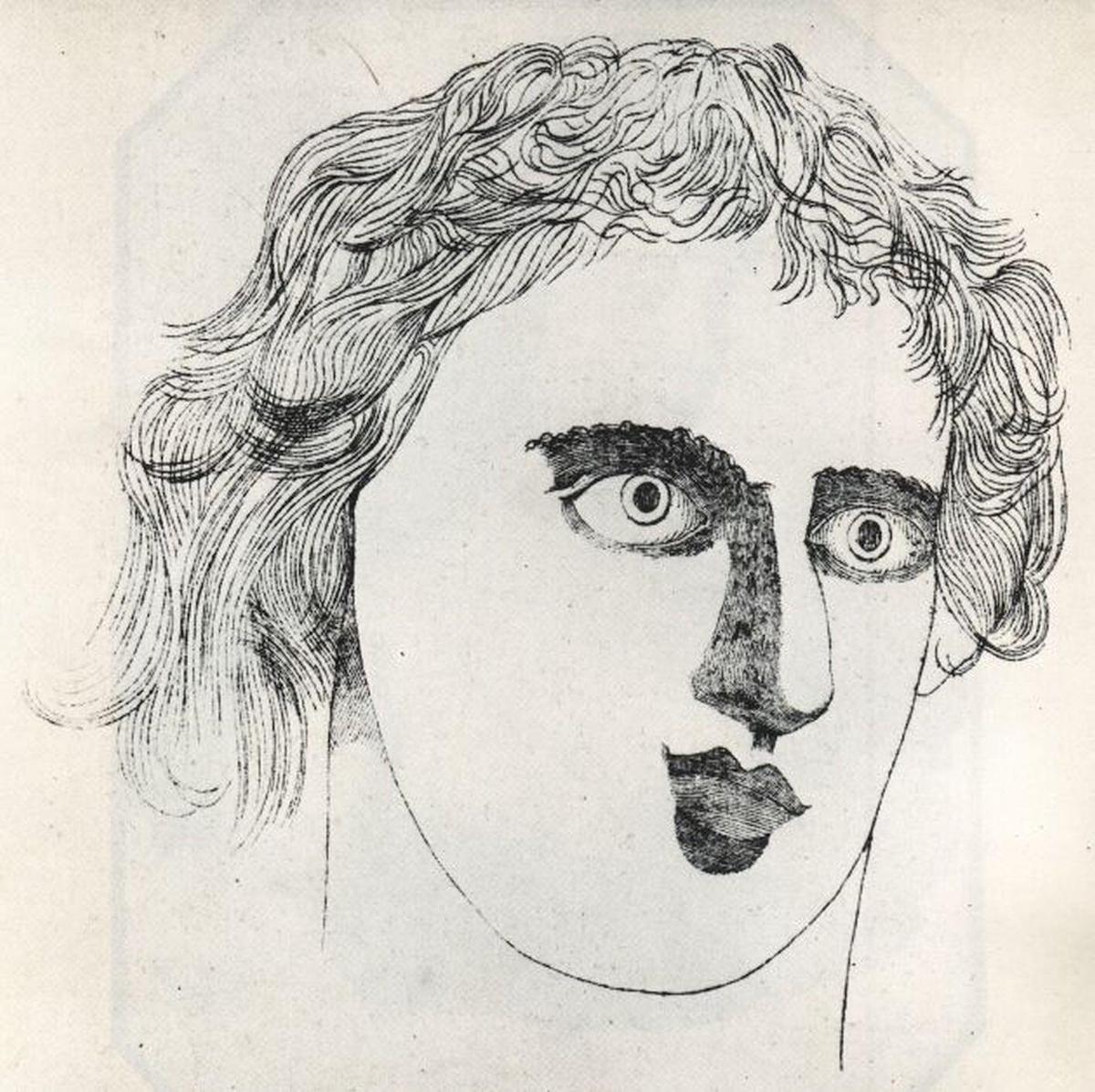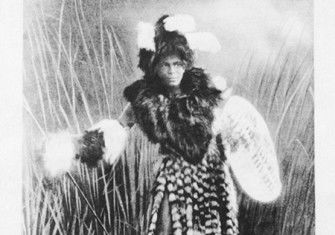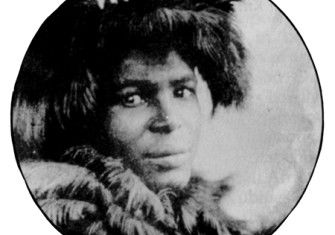The Death of Caspar Hauser
Caspar Hauser died on 17 December 1833, but was it murder or a self-inflicted wound? Hauser’s mysterious death raised as many questions as his mysterious life.

Who was Caspar Hauser? No one knew. He stepped into the world in Nuremberg on Whit Monday in 1828 towards the end of the afternoon. A shoemaker in the Unschlitt Platz – named for the city’s nearby store of fat and tallow – saw Hauser first, a young man, perhaps 17, seemingly struggling to stand upright or walk properly.
From early childhood, Hauser said, he had been kept in a dark cell so cramped he could neither stand up nor lie down properly. He lived only on bread and water. The people of Nuremberg, horrified, took him in.
If Hauser didn’t know who he was, others had theories. He was the crown prince of Baden, some said, snatched from his cot at birth. He was the son of Napoleon. Lord Stanhope, a British aristocrat, took up Hauser’s cause and practically adopted him, taking him to Hungary in the hope of unearthing his identity among the country’s aristocracy.
In October 1829 Hauser suffered a wound to his head. A masked assassin had attacked him with a cleaver, saying he must die – a prophecy the assassin refrained from fulfilling himself. Earlier that day, Hauser’s tutor and de facto guardian, Georg Friedrich Daumer, had accused him of lying. Stanhope, too, who had promised to take Hauser to England, began to think him a fraud.
Hauser died on 17 December 1833, six days after another stabbing. He had been set upon by a moustachioed man whom he had arranged to meet in a park. Some thought the wound self-inflicted, self-dramatising, a stunt gone awry. Among the naysayers was Stanhope, who found fully 20 reasons to doubt Hauser’s account. Why would Hauser walk to a park in bad weather, Stanhope wondered. Hauser hated walking.
‘His story acquired an importance which in no way belonged to it’, Stanhope wrote. But that importance lingered. In 1996 the German magazine Der Spiegel paid for Hauser’s DNA, preserved on a bloodstain on his underpants, themselves preserved in a museum in Ansbach, to be analysed. Had he been the crown prince of Baden? Science had the answer: no.
Who then was Caspar Hauser? The mystery remains.






